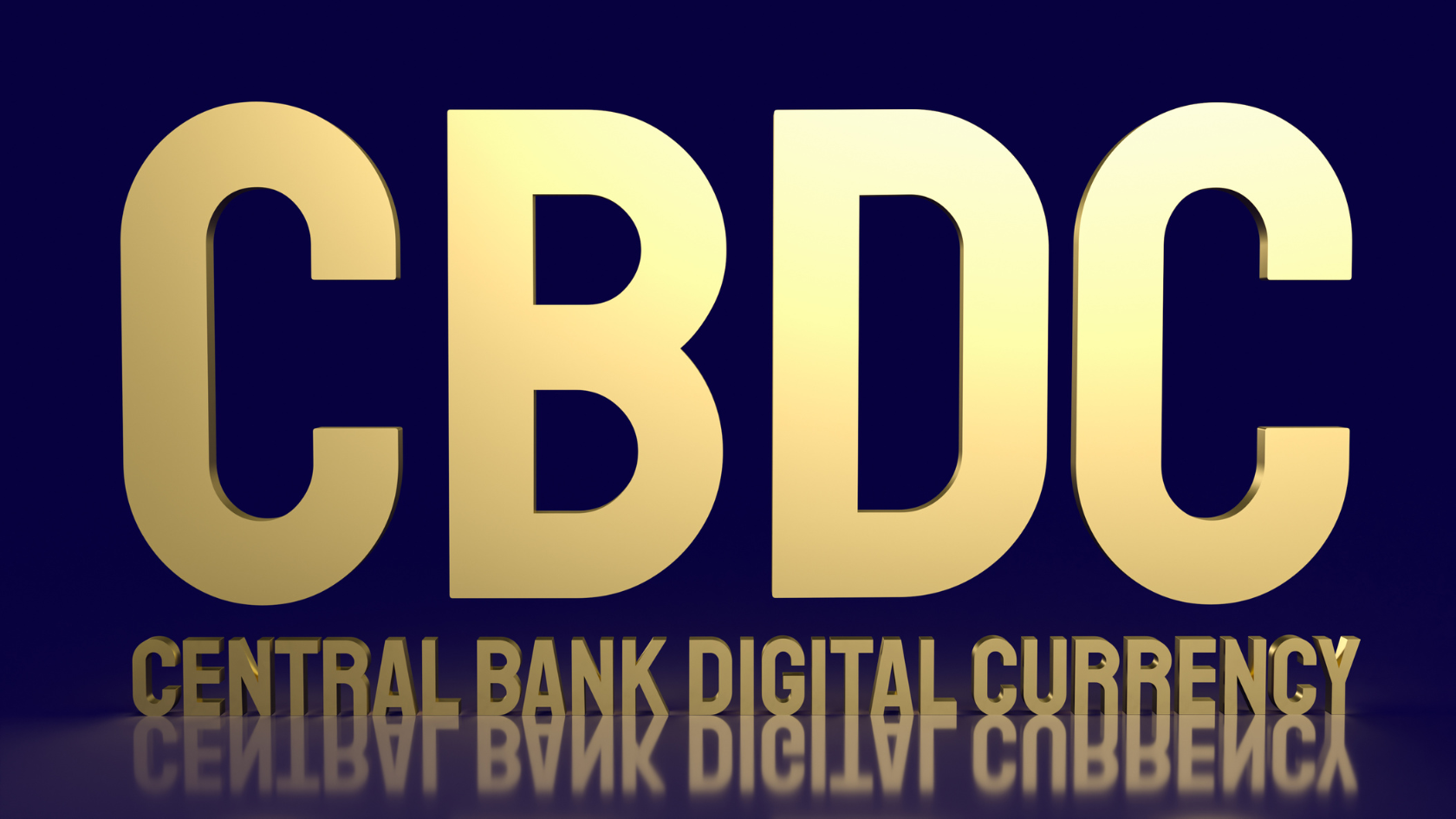Utility NFTs: Why They Matter
The non-fungible token, or NFT, is a new type of digital asset that is unique and cannot be replicated. NFTs are stored on a blockchain, and each NFT has a unique identifier that allows it to be tracked and traded.
NFTs are like digital fingerprints. Just as each person has a unique fingerprint, each NFT has a unique identifier. As a result, NFTs can be used to represent anything unique, from digital art to in-game items. And just like fingerprints, no two fingerprints can be the same. That’s the power of NFTs.
In this blog post, we’ll discuss specifically how utility NFTs can serve as powerful tools for several different applications. We’ll explore six amazing NFT utility ideas that companies and organizations worldwide are already using.
What Are Utility NFTs?
Utility NFTs are NFTs that have a specific purpose or use. They are like traditional utility tokens, but they are non-fungible. This means that each utility NFT is unique and cannot be replicated. However, the capabilities of utility NFTs are massive, and they are already being used in several different ways.
Think of how many things in the world are unique, like your fingerprint, your DNA, and your signature. Now imagine if those things could be stored digitally and used as a form of identification or authentication. That’s the power of utility NFTs. In a sense, utility NFTs are digital identifiers, ironclad evidence that something is what it says it is.
Utility NFTs can be used for a wide range of applications, including but not limited to:
- Authentication and identification
- Proof of ownership
- Digital signatures
- Licenses and permits
- Tickets and passes
- Coupons and vouchers
- Reward points
Before NFTs, everything digital could be replicated infinitely. This meant that there was no way to prove ownership of digital assets. With NFTs, that all changes. Now, digital assets can be authenticated and tracked. This opens up a whole new world of possibilities.
Let’s look at six amazing ideas for using utility NFTs.
6 Amazing NFT Utility Ideas
1. Using NFTs for Passive Income
Earning money while you sleep; that’s the dream. There are myriad ways to generate passive income, but with NFTs, you can do it with your digital assets. How? Imagine you’re a digital artist. You can create an NFT and then offer it for sale as a digital collectible. Each time it changes hands, you’ll earn a commission (a rate of your choice, say 5%).
So, if you sell an NFT for $1,000 and it changes hands 10 times, you’ll get $50 every time someone sells it — even while you’re sleeping! Now, this may not seem like a life-changing sum of money, but if you have an extensive portfolio of NFTs, it can add up quickly. And, as the NFT market grows, so will the potential for earnings.
Another way to generate passive income with NFTs is to create a “tokenized” version of your work. For example, if you’re a musician, you can make an NFT representing your latest album. Then, you can sell this NFT as a digital collectible. Each time someone buys it, you’ll earn royalties (again, at a rate of your choice).
For the more crypto-inclined, NFTs can be a lucrative way to earn. Metaverse NFTs, for example, can be rented out, allowing the owner to earn income from the NFT while still retaining ownership. This is a great way to earn income from your NFTs without selling them.
2. Generating Creative Content
Picture this: A group of artists get together and decide to create an online art gallery. They each contribute a piece of art and then use an NFT to track ownership of the gallery. Anyone can view the gallery, but only the owner can modify it, giving not just creativity but also control to the group.
It’s not just art galleries; creative content can be stored and tracked using an NFT. This includes things like musical compositions, videos, and even software code. By using an NFT, creators can be sure that their work is protected and can be attributed to them.
Because NFTs are stored on the blockchain, they can’t be lost or destroyed. NFTs protect creators’ rights while also allowing them to monetize their work. In a world where digital content is often shared without compensation, NFTs offer a way to honor creators for their generative work.
3. Forming Engaging Communities
Since NFTs can represent any digital asset, they’re also a way to build communities around interests and hobbies. For example, an NFT could represent a virtual seat in a stadium for a favorite sports team. It could be a token for a social media platform that’s only available to members of a particular group.
The digital world can often feel isolating, but NFTs offer a way to bring people together around shared interests. You might ask yourself: why are NFTs necessary? Don’t we already have enough ways to connect with people online?
The answer: NFTs offer a way to build communities that are more than just digital — they’re also tangible and valuable. When we make our communities around verifiable value, things that we own and can trade, it gives us a sense of investment and responsibility. Whereas in web2.0, content is often created and disappears into the ether, with NFTs, content persists and can be traded or sold.
Large tech companies control the lion’s share of web2.0 content, but with NFTs, we can create a new internet, one that’s decentralized and owned by the people who create the content. Ownership gives agency, and with agency — communities.
4. Connection to Real-World Assets
NFTs don’t just represent digital assets; they can also represent real-world assets. For example, an NFT could represent a deed to a piece of land or a ticket. By incorporating this identifying information into the blockchain in an NFT, we can be sure that the asset is genuine and can be traced back to its owner. This is valuable for things like property rights and provenance.
We can take this a step further and plug NFTs into the real world — for example, by using them to unlock doors or start cars. Remember — an NFT is a unique digital identifier that can’t be duplicated. So if we use them to represent physical assets, we can be sure they are genuine and can’t be counterfeited.
5. Digital Real Estate and Online Business
We’ve seen that NFTs can represent any digital or physical asset. But what if we took this one step further and used NFTs to represent digital worlds? We’re already seeing this with the rise of virtual worlds like Decentraland and Sandbox. In these virtual worlds, NFTs represent ownership of digital land. And because these worlds are built on the blockchain, they prove ownership in a secure and verifiable way.
In the business world, we see a similar trend. NFTs are being used to represent ownership of assets for an online business. For example, an NFT could represent a share of a website or a piece of software. This is valuable for companies because it helps them raise capital and crowdfunding in a way that’s secure and compliant with regulations. NFTs also allow businesses to track and manage their assets with incredible granularity.
6. Tickets, Passwords, Documents
NFTs can even represent tickets, passwords, and documents. The applications here are endless, but a few examples include using NFTs to represent tickets to an event or a concert. We could use them to define a password or a key to unlock a digital asset. For example, say you’re a journalist and want to share a confidential document with your editor. You could encrypt the document and then send it as an NFT.
The recipient would need the private key to decrypt the document, but because the NFT is on the blockchain, it would be impossible to lose or tamper with. Or perhaps you bought a ticket to a concert, but something came up last minute. You could try to sell the ticket on Stubhub or Ticketmaster, but you’d lose out on the fees.
With an NFT, you can sell it directly to another fan for the original price. Both buyers and sellers have peace of mind because all parties can see that the ticket is, in fact, a genuine ticket from the concert venue.
How Do You Convert Normal NFTs to Utility NFTs?
While conversion methodologies evolve with each passing day, the most well-known path to take an ERC721 token (NFT) and turn it into a utility is through the use of a smart contract — known as NFT “wrapping.” The wrapping process typically works when a user sends their NFT to a smart contract that returns a new utility token. This new token is now the “wrapped” version of the original NFT.
What can this new token do? Now that the token is wrapped, developers can give it special abilities and functions that the original NFT didn’t have. Let’s take an example: let’s say you want to use your NFT as collateral for a loan. The problem is that most lenders only accept certain types of assets as collateral, say USD. So let’s say that a software company has released a novel way of using NFTs as collateral by linking NFT to a traditional credit score, bank account, or government ID (note: this would require much regulation).
This company would take your NFT and wrap it to give capabilities specific to interacting with its software. The original NFT would remain stored on the blockchain, but now you can use it in new ways.
That’s just one example of how wrapping can turn an NFT into a utility token — but the possibilities are endless and growing daily.
Why Are Utility NFTs the Next Big Thing?
The world has seen the hype of NFTs. Everyone knows someone who knows someone who made a few thousand dollars on creating NFTs, flipped them for a profit, or held them and waited for the price to go up. But we haven’t even scratched the surface. While digital art is essential, current NFT penetration is still low. So far, we’ve only seen a glimpse of what’s possible with NFTs.
With imagination, one can see a world where information, identity, and value seamlessly interact between the digital and physical worlds — all because of NFTs.
This is the world of utility NFTs. Utility NFTs are how society moves from a place of centralized gatekeeping, data hoarding, and information asymmetry to a decentralized, open, and transparent world.
It’s a brave new world, and utility NFTs are leading the charge.
Takeaways
- NFTs are digital assets that are stored on the blockchain.
- NFTs can generate passive income, generate creative content, form engaging communities, connect to real-world assets, and represent items in the physical world like businesses, tickets, passwords, and more.
- Utility NFTs are NFTs that have been wrapped with a smart contract to give them special abilities and functions.
It’s barely been over a year since NFTs took the world by storm, and we’re already seeing massive changes in the development, utilization, and adoption of these digital assets. The world is moving towards a more decentralized future, which can be hard to keep up with.
What are the new advancements? Which projects are worth investing in? How do you even wrap your head around all of this?
At American Crypto Academy, we’re dedicated to keeping you educated and informed about cryptocurrency and the blockchain. We provide extensive educational crypto content, with educational resources and professional programs taught by carefully chosen industry professionals.
Check out the rest of our site to learn more.
Sources:
Non-Fungible Token (NFT): What It Means and How It Works | Investopedia
ERC-721 Non-Fungible Token Standard | Ethereum
NFT utility ideas for your collection — only those that work! | by Krish | Medium





